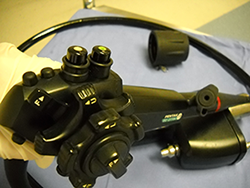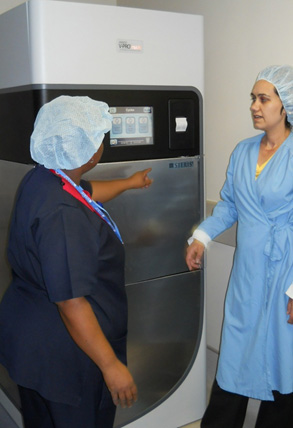
According to Mark Duro (AORN; 2016) we can improve our medical device reprocessing through education and audits. In September 2015 the CDC (Centres for Disease Control) and the FDA in America issued a health advisory urging hospitals to assess their medical device decontamination processes. The focus point of this advisory was to ensure that all staff that are reprocessing medical devices have been adequately trained in reprocessing. According to the CDC and the FDA staff should be trained when they are first employed, when new devices are purchased, when manufactures instruction are changed (as is the case with duodenoscopes) and they should have a refresher course annually. This training should be hands-on as all staff need to physically demonstrate they are able to decontaminate particular devices. Although it is critical that staff have theoretical knowledge (for example knowledge gained from the CSSD Foundation Course sponsored by SafMed) it is equally as important that staff demonstrate physical competencies. Read more

